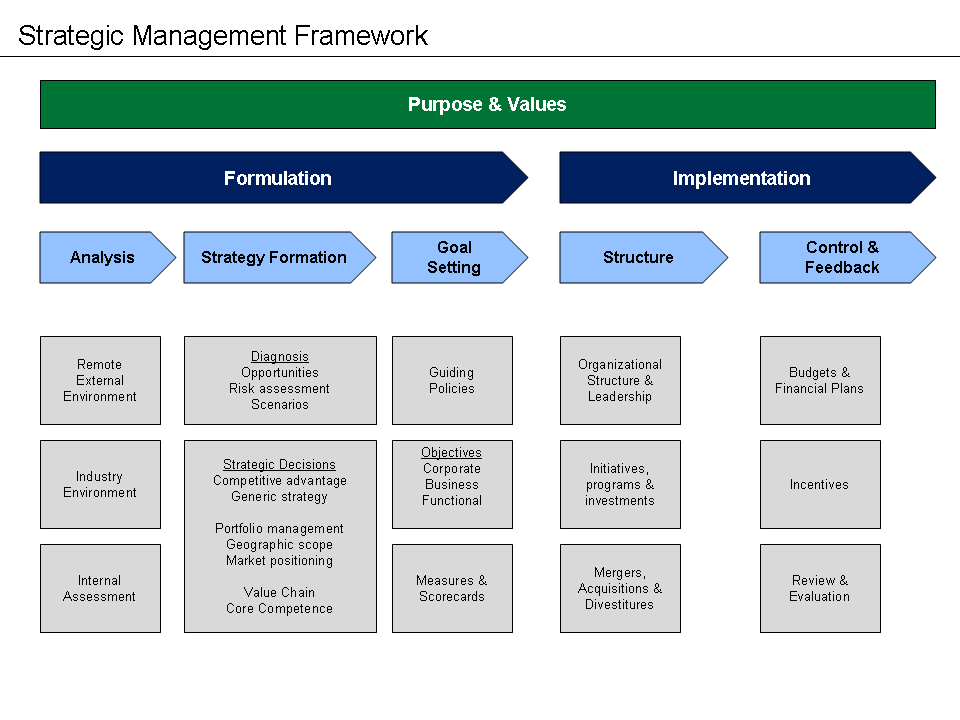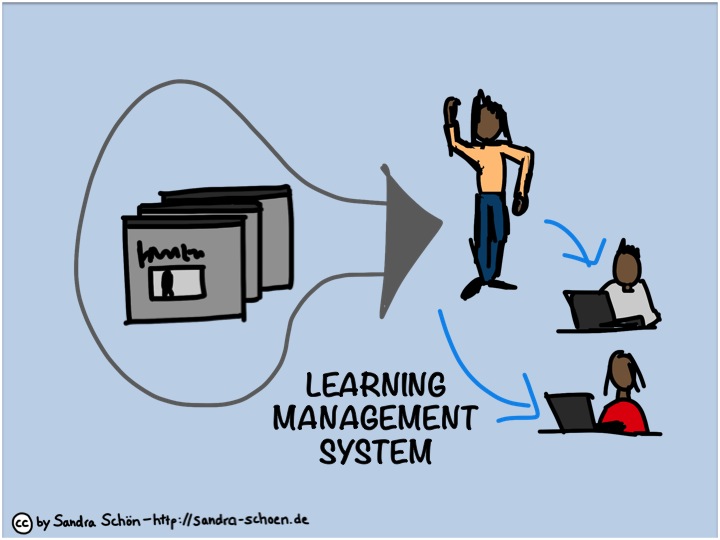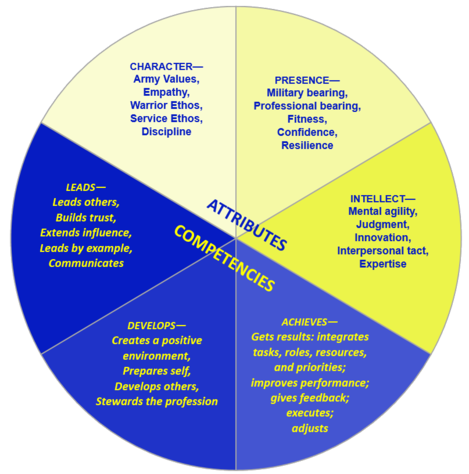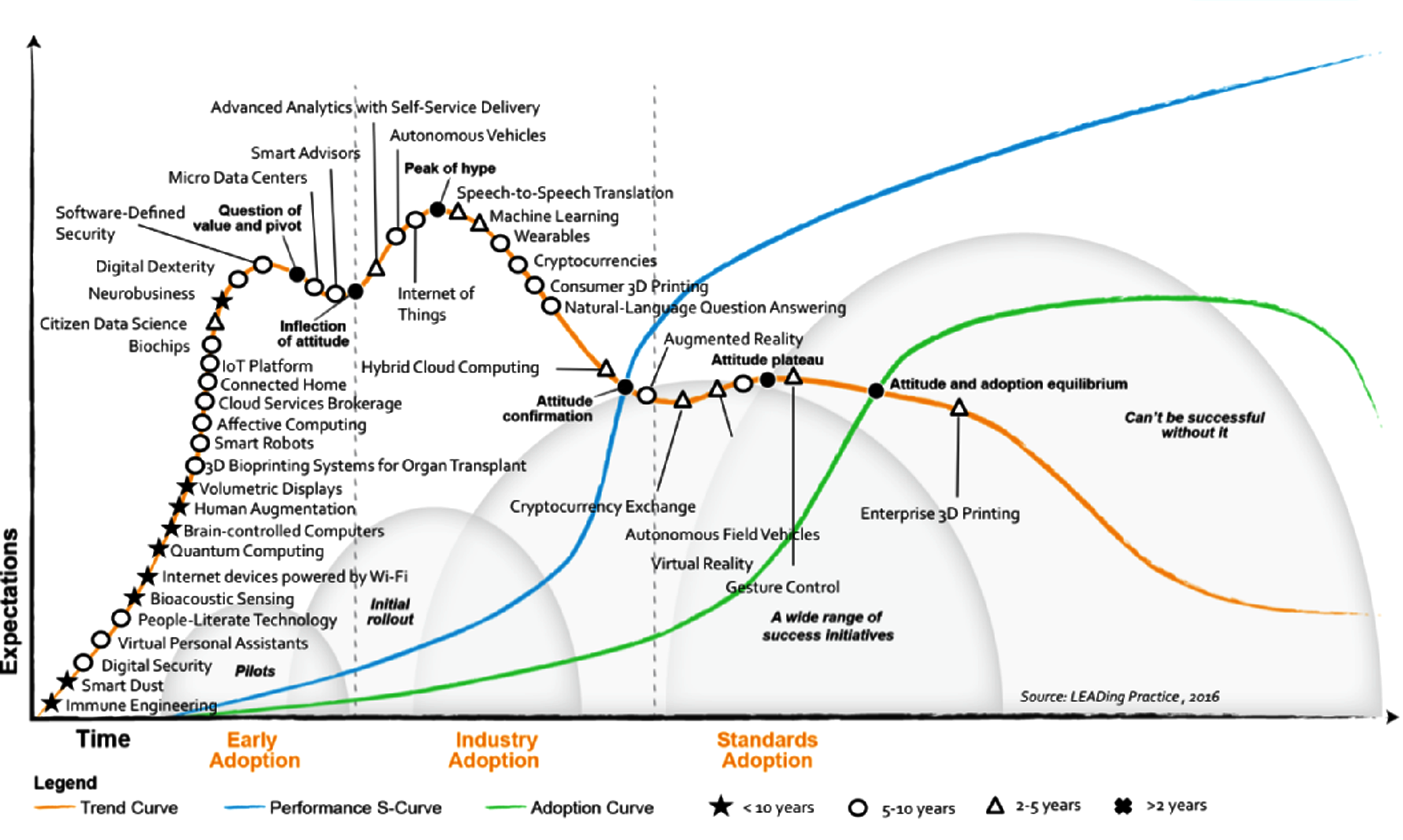
In today's fast-paced work world, growing in your career isn't just nice to have—it's essential. Did you know that 87% of millennials put career growth at the top of their job priorities? As we edge closer to 2025, focusing on professional growth is more important than ever. Whether you're setting big career goals, looking to pick up new skills, or diving into mentorship and networking, this guide has got you covered. We'll talk about personal learning paths, building leadership skills, and finding that sweet spot between work and personal life. Let's get ready to tap into your potential and succeed in tomorrow's professional world!
Setting Professional Development Goals for 2025
Importance of Goal Setting for Professional Growth
Setting goals for your professional development is key to transforming your dreams into actionable steps that propel your career forward and foster personal growth. Consider these goals as a roadmap for your ambitions, guiding you toward career success so your dreams don’t remain just dreams. Without clear goals, you might find yourself stuck with vague or unrealistic ideas, making progress difficult to track.
Using frameworks like S.M.A.R.T. (Specific, Measurable, Achievable, Relevant, Time-bound) helps keep your goals realistic and achievable. For example, setting a goal like "finish an advanced Excel course and create a department-wide presentation template by June 2025" provides a concrete target to strive for. This approach ensures you remain focused and on the path to career success.

Goal Setting Frameworks for Professional Growth
The S.M.A.R.T. framework is a popular choice for setting career goals because it emphasizes clarity and achievability. You can categorize your career goals into:
- Performance Goals: Focused on hitting targets.
- Learning Goals: Aimed at acquiring new skills.
- Development Goals: Concentrated on personal growth.
Balancing goals across technical expertise, leadership abilities, and soft skills helps you develop into a well-rounded professional. For instance, a Learning Goal could be to "complete an advanced Cybersecurity certification within three months." Such structured planning ensures you are prepared to meet the evolving demands of your role.
Tools to Enhance Professional Growth Through Goal Setting
Templates and tracking tools for goal setting are invaluable for converting your aspirations into measurable achievements. They provide the structure and accountability needed to stay motivated and adjust your goals as necessary. Platforms for continuous learning and certification courses are excellent for acquiring new skills aligned with your professional objectives.
Regular self-assessments and progress reviews keep you on track. For example, using a goal-setting template to outline a timeline for obtaining cloud certifications, coupled with planning monthly check-ins, can significantly enhance your goal-setting effectiveness.

By leveraging these resources, you can refine your goal-setting skills and continue to advance professionally.
Professional development goals
S.M.A.R.T. framework
Continuous learning platforms
Skill Development Strategies for Professional Growth
Continuous Learning for Professional Growth
In today's fast-paced work environment, keeping your skills up to date is crucial. Breaking down larger skills into smaller, manageable parts can facilitate this process. A combination of formal education, hands-on experience, self-learning, and peer learning is most effective.
Google's 70:20:10 model is a great framework to follow:
- 70% of learning should come from on-the-job experiences.
- 20% should be derived from feedback and coaching.
- 10% should involve formal training.

Similarly, Microsoft emphasizes the importance of a growth mindset—embracing challenges, learning from mistakes, and actively seeking feedback. Allocate dedicated time for learning, such as a few hours each week, to ensure continuous growth. A blend of online courses, mentorship, and real-life projects can be an effective strategy for skill development. Source
Leveraging Organizational Resources for Growth
Organizations play a pivotal role in skill-building by identifying necessary skills and evaluating training effectiveness. Mentoring and coaching provide personalized support and career guidance, which enhances employee engagement and retention.
- Upskilling: Enhances current skills.
- Reskilling: Prepares employees for new roles.
Both are essential as technology and business environments evolve. Tailoring skill development plans to individual needs and balancing online with in-person training can significantly boost engagement and growth. Source
Future-Proofing Professional Skills
To ensure skills remain relevant, employer-led training should align with high-paying, in-demand jobs. States like Maryland and Colorado focus on skill-based hiring rather than degrees, fostering a diverse and adaptable workforce.
Regularly updating skill inventories and staying abreast of market trends helps identify and bridge skill gaps. Strategies such as job rotation, cross-departmental learning, and flexible training enable employees to acquire new skills and adapt to evolving roles. For instance, a development program might offer apprenticeships in emerging tech fields and allow employees to explore various departments. Source
Mentorship and Networking for Professional Growth
The Impact of Mentorship on Professional Growth
Mentorship is key to professional growth. It offers advice tailored to your needs, helps you build skills, and supports you when things get tough. This kind of relationship keeps you learning and helps you bounce back, which is crucial for moving up in your career.
Mentors can open doors to wider professional networks, linking you with peers, potential employers, and job opportunities you might not find on your own. They also boost your confidence, offering emotional support during tough times, and encouraging you to take risks and lead with grit. A good mentor gets you—they understand your strengths and areas for growth, guiding you on a unique path to success.

This relationship also builds a sense of community, breaking down barriers and fostering support. Both sides gain from it, with faster growth, better leadership skills, and more motivation and achievements.
Effective Networking Strategies for Career Advancement
When you mix networking with mentorship, it becomes a strong tool for career growth. Mentors can help you get referrals for jobs and find roles that aren't advertised, boosting your credibility through their trusted connections. They help you form strategic partnerships and collaborations, giving you access to broader networks and industry insights.
A solid mentor-mentee bond, based on open and honest communication, sharpens your interpersonal skills, which are crucial for networking. By tapping into your mentor’s network, you can attend industry events and meet key professionals, opening doors to new job opportunities and partnerships.
Utilizing Digital Networking Tools for Professional Growth
Digital platforms have changed the game for mentorship, allowing connections beyond geographic limits and offering broader networks and learning chances. These tools often come with guides to help you and your mentor improve communication and keep the relationship productive.

In today’s hybrid and remote work setups, digital networking tools are vital for staying connected and building meaningful professional relationships. For example, using a digital mentoring platform, you can have regular video chats with a mentor in another state, using conversation guides to communicate effectively and build a strong connection despite the distance.
Personalized Learning Paths for Professional Growth
Tailored Learning Experiences for Enhanced Professional Development
When it comes to learning, one size doesn't fit all. Personalized learning paths cater to each person's unique needs, preferences, and styles, significantly boosting engagement and motivation.
It all starts with detailed learner profiles. These profiles cover:
- Skills
- Knowledge gaps
- Learning styles
- Career goals
- Performance data
- Interests
With this information, learning paths become dynamic and adaptable, adjusting in real-time to offer relevant content such as eLearning modules, webinars, workshops, and on-the-job training.

By leveraging AI for content suggestions and learning analytics, these paths evolve based on individual performance and interests. For instance, a company might use an AI-driven learning system to analyze employee skills and create custom learning journeys, including microlearning, workshops, and coaching, all tailored to career goals and learning preferences.
Implementing Learning Paths for Professional Advancement
To build these personalized paths, begin by developing thorough learner profiles. Capture essential details such as skills, gaps, preferences, and career goals.
Next, gather learning content like:
- Videos
- Articles
- Simulations
- Workshops
This content should target the identified gaps and objectives. Utilize AI and learning management systems to recommend skills aligned with roles and adjust paths as learners progress. Incorporate microlearning and feedback mechanisms, allowing learners to move at their own pace and adjust their path based on assessments.

For example, an organization might use a platform that matches employee roles with learning content and continuously adjusts paths based on assessments. This helps employees progress through courses and earn certificates that align with their growth.
Measuring Learning Outcomes for Professional Growth Success
Tracking learning engagement by department, region, role, and individual provides a clear view of participation and progress. Monitoring skill development over time demonstrates the effectiveness of personalized paths in closing gaps and enhancing growth.
Measuring return on learning investment (ROLI) ensures alignment with business goals and productivity. Continuous assessments and real-time feedback allow for refining paths to improve outcomes and retention.
A company might employ analytics dashboards to track employee progress through personalized paths, measuring engagement, skill gains, and job performance impact to refine learning strategies.
Leadership Development for Professional Growth
Advancing Leadership Skills for Professional Growth
Building leadership skills requires dedication and time. The Obama Foundation Leaders USA program is a six-month course designed to help emerging leaders focus on values and big-picture thinking. Participants gain access to a worldwide network, enhancing their ability to lead community projects. Learn more at the Obama Foundation.

Cisco's Leadership Development Program offers various pathways, such as the Global Leader Program and Leadership Fellows Program. These initiatives include business simulations and community projects to develop skills at multiple levels. For more details, visit Deel.
The Harvard Division of Continuing Education provides hands-on training in leadership styles, diversity, emotional intelligence, and AI-driven decision-making. Explore further at the US Chamber of Commerce.
DDI employs behavioral assessments to provide insights into leadership habits, facilitating personal growth. For additional information, see The Metiss Group.
Leadership Development Programs for Professional Growth
Structured programs are essential for cultivating future leaders. The Obama Foundation Leaders program connects rising leaders, emphasizing values and community impact. Learn more at the Obama Foundation.
Cisco’s programs offer comprehensive training, including global leadership and business simulations. Details are available at Deel.

Harvard offers expert-led courses addressing modern challenges like remote leadership, complete with certification opportunities. Visit the US Chamber of Commerce for more information.
DDI and CCL provide intensive programs with strong reviews and a track record of success. Further insights can be found at The Metiss Group.
Practical Leadership Opportunities for Professional Growth
Real-world experience is crucial for leadership development. Cisco’s Leadership Fellows Program enables senior employees to engage in strategic projects for nonprofits, merging corporate responsibility with skill-building. Visit Deel for more information.
The Obama Foundation program offers small group discussions and coaching on real-world issues. Details can be found at the Obama Foundation.
LinkedIn Learning provides courses like 'Body Language for Authentic Leadership' to enhance communication skills. Explore these offerings at the US Chamber of Commerce.
Specialized programs focus on action-based skill-building and teamwork. More information is available at AAMC.
Work-Life Balance and Well-being for Professional Growth
Importance of Work-Life Balance for Career Advancement
Work-life balance is key to a happy career. It enhances job satisfaction, improves teamwork, and can even boost your leadership potential. However, only 44% of American workers report having this balance, despite 69% acknowledging its importance. This discrepancy highlights the challenge of achieving balance. Particularly, younger generations like Gen Z prioritize work-life balance over rapid career advancement, with 47% preferring balance. Maintaining a good work-life balance reduces stress, enhances collaboration, and positions you as a reliable leader.

Well-being Programs and Resources for Professional Development
Companies are becoming savvy by integrating career growth with flexible work options. They offer remote work and flexible hours, focusing on results rather than mere presence. This approach allows you to manage significant projects alongside personal commitments more effectively. Even in tight budget scenarios, businesses are introducing benefits that promote the health and happiness of both you and your family. Flexible schedules and remote work facilitate meeting deadlines while attending to family needs, thereby reducing burnout and increasing employee retention.
Integrating Well-being with Career Growth Strategies
Balancing career growth with personal time is crucial for maintaining engagement and preventing burnout. Development programs enable career advancement without sacrificing personal time. Long-term success stems from consistency, resilience, and fulfillment, all of which are more attainable with a solid work-life balance. Companies must rethink job structures, particularly for managers, to align with the modern emphasis on balance over mere career progression. Creating leadership roles with flexible responsibilities and support systems allows managers to grow without compromising their personal lives.

Work-life balance statistics
Why prioritising work-life balance is key to career success
Why work-life balance is outshining career progression
FAQ
Effective Strategies for Setting Professional Development Goals in 2025
Start with SMART goals—Specific, Measurable, Achievable, Relevant, and Time-bound. This approach provides clear direction and maintains motivation. Here's how to begin:
- Identify Skills or Experiences: Pinpoint areas you want to grow.
- Utilize Resources: Seek out training or mentorship opportunities.
- Regular Progress Checks: Ensure you're on track with periodic evaluations.
- Engage with Managers or Mentors: Discuss your goals for support and feedback.

Consider engaging in different activities like leading projects, volunteering, or taking on bigger responsibilities. These initiatives help build skills and demonstrate ambition, key to achieving your goals source.
Creating a Personalized Learning Path for Professional Growth
Creating a personalized learning path starts with self-awareness:
- Assess Strengths and Weaknesses: Identify areas for professional growth.
- Blend Learning Methods: Combine formal education, certifications, workshops, mentorship, networking, and hands-on experiences like side projects or volunteering.
- Align with Career Vision: Plan learning activities that fit your career goals.
- Choose a Career Path: Decide between steady-state, linear, transitory, or spiral paths.

Continuously reassess and adjust your learning path as industry trends and personal interests evolve to stay relevant and motivated source.
Importance of Mentorship in Professional Growth for 2025
Mentorship is crucial for professional development:
- Guidance and Knowledge Sharing: Mentors provide feedback and help set realistic goals.
- Networking Opportunities: Enhance your growth through connections.
- Personalized Learning: Gain insights into industry trends, workplace culture, and leadership skills.
Being involved in mentorship demonstrates self-awareness and ambition—qualities that are highly valued in professional growth. Additionally, mentorship can boost job satisfaction and facilitate career advancement source.
| Framework/Program | Description | Source |
|---|---|---|
| S.M.A.R.T. Framework | A method for setting realistic and achievable goals by ensuring they are Specific, Measurable, Achievable, Relevant, and Time-bound. | S.M.A.R.T. framework |
| 70:20:10 Model | A learning model that suggests 70% of learning from on-the-job experiences, 20% from feedback and coaching, and 10% from formal training. | Skill Development |
| Obama Foundation Leaders USA Program | A six-month course focusing on values and big-picture thinking for emerging leaders. | Obama Foundation |
| Cisco's Leadership Development Program | Offers pathways like the Global Leader Program and Leadership Fellows Program, including business simulations and community projects. | Deel |
| Harvard Division of Continuing Education | Provides hands-on training in leadership styles, diversity, emotional intelligence, and AI-driven decision-making. | US Chamber of Commerce |
| DDI and CCL Programs | Intensive leadership programs with strong reviews and a track record of success. | The Metiss Group |
| Work-Life Balance Importance | Highlights the importance of work-life balance for job satisfaction, teamwork, and leadership potential. | Work-life balance statistics |
| Mentorship and Networking | Mentorship is key for professional growth, offering guidance, networking opportunities, and personalized learning. | Mentorship |